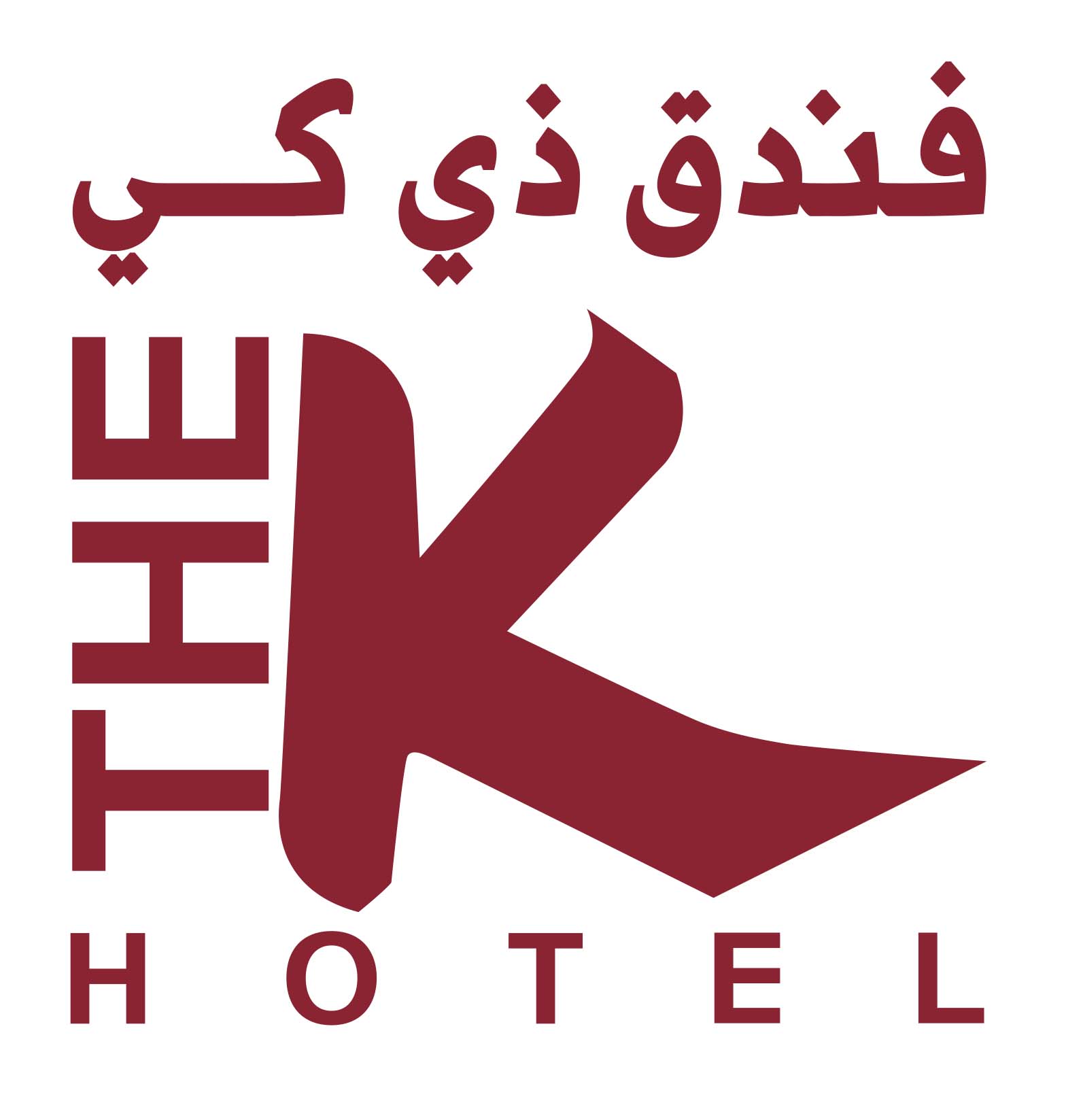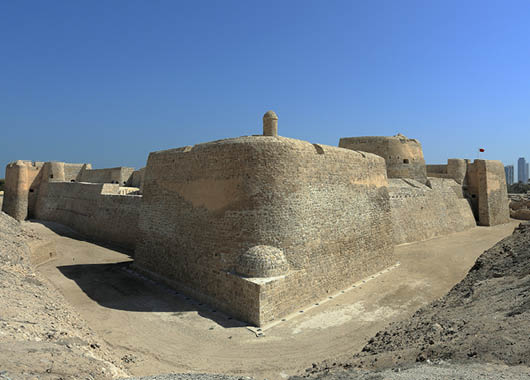


The Tree of Life (Shajarat-al-Hayat) in Bahrain is a 9.75 meters (32 feet) high Prosopis cineraria tree that is over 400 years old. It is on a hill in a barren area of the Arabian Desert, 2 kilometers (1.2 miles) from Jebel Dukhan, the highest point in Bahrain, and 40 kilometers from Manama. The tree is abundantly covered in green leaves. Due to its age and the fact that it is the only major tree growing in the area, the tree is a local tourist attraction and is visited by approximately 65,000 people every year.

The yellow resin is used to make candles, aromatics, and gum; the beans are processed into meal, jam, and wine. It is not certain how the tree survives. Bahrain has little to no rain throughout the year. Its roots are 50 meters deep, which may be enough to reach the water.
Others say the tree has learned to extract moisture from grains of sand. Some claim that the tree is standing in what was once the Garden of Eden, and so has a more mystical source of water. In October 2010, archaeologists unearthed 500-year-old pottery and other artifacts in the vicinity of the tree.
A soil and dendrochronology analysis conducted in the 1990s concluded that the tree was an Acacia planted in 1582.

The Qal'at al-Bahrain (Arabic: قلعة البحرين; Portuguese: Forte de Barém), also known as the Bahrain Fort or Portuguese Fort, is an archaeological site located in Bahrain. Archaeological excavations carried out since 1954 have unearthed antiquities from an artificial mound of 12 m (39 ft) height containing seven stratified layers, created by various occupants from 2300 BC up to the 18th century, including Kassites, Greeks, Portuguese and Persians. It was once the capital of the Dilmun civilization and was inscribed as a UNESCO World Heritage Site in 2005. The fort and the tell Qal'at al-Bahrain is built on, are located on the Bahrain island, on the northern seashore. On a clear day it is also seen from Saar. It stands like a "sentinel" near Manama, the capital of Bahrain; it is 6 km (4 mi) away from Manama on the fertile north coast. The tell is the largest in the Persian Gulf region and was built close to the port and by reclamation of seashore land. The archaeological findings, which are unearthed in the fort,reveal much about the history of the country. The area is thought to have been occupied for about 5000 years and contains a valuable insight into the Copper and Bronze Ages of Bahrain.